There are many mysterious things in this world. With the advancement of human science and technology, the more we know, the more we still don’t know. There are countless kinds of animals in nature. Do you know which animal is the most mysterious? The following is a list of the top ten mysterious animals in the world, including thylacine, giant ape, giant squid, Bigfoot, coelacanth, Homo floresiensis, king cheetah, ivory-billed woodpecker, Loch Ness monster and okapi, etc. Mysterious creature. Let’s take a look.
1. Thylacine
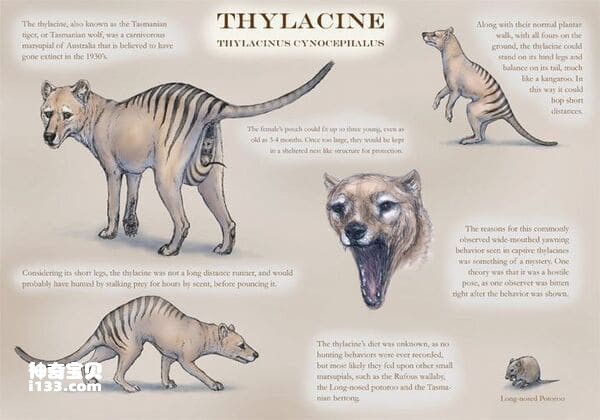
The thylacine, also known as the Tasmanian tiger or Tasmanian wolf, is a marsupial. The shoulder height of an adult thylacine is about 45-60 centimeters, the body length including the tail is about 1.6-1.9 meters, and the weight is about 25-35 kilograms. They have tiger stripes on their bodies and look slightly like wild dogs. They were once distributed in Australia, Tasmania, New Guinea and other places in Oceania. Thylacine is usually active at night and likes to climb trees. It is good at lurking in trees and suddenly jumps down to attack its prey. It can subdue the prey instantly with its powerful bite force.
2. Giant ape
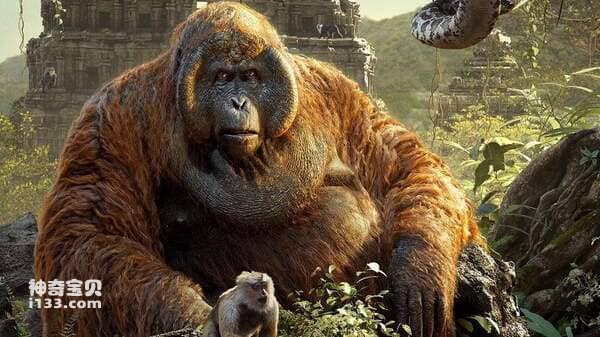
Gigantopithecus is an extinct great ape that lived in China, India, and Vietnam about 1 million to 300,000 years ago. It is close in time and geography to several hominins. Fossil records show that Gigantopithecus buxianus was the largest ape, standing about 3 meters tall and weighing 600 kilograms. This giant ape lived on the ground, similar to an orangutan, and was probably the largest ape in the world. It is estimated to have weighed more than 200 kilograms and had large molars with thick enamel layers, towering crowns and squat cusps. Sometimes Gigantopithecus is mistranslated as "giant ape man", but in fact Gigantopithecus is not a human, so it is not appropriate to call it a "giant ape man" (although some past works do list it as an ape man) Case).
3. King squid
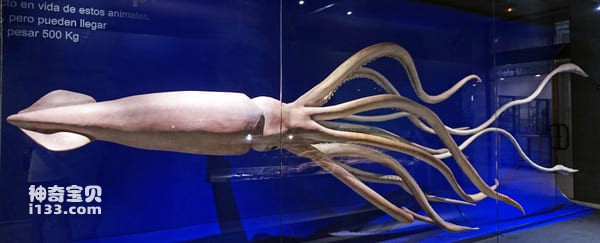
The king squid belongs to the family Sepidae, the genus Squid, and is a cephalopod mollusk. It is the largest invertebrate in the animal kingdom and the second largest squid in the world, second only to the middle claw squid (also known as the king squid). ). The maximum carcass length of the king squid can reach 6 meters, the total length is usually between 6 and 12 meters, the longest can reach 20 meters, and the maximum weight can reach 1,000 kilograms. King squid is widely distributed around the world, and its distribution area is related to continental shelves and islands. It mainly inhabits waters with a water depth of 200 to 400 meters, and feeds on other cephalopods (such as sail squid and soft fish) and small fish.
4. Bigfoot

Bigfoot usually refers to Sasquatch (a primate whose existence has not been confirmed). The savage is described as an upright-walking primate that is taller than apes and has certain intelligence. Its official academic name is "Erect Higher Primate Strange Animal". At present, although some people support the existence of savages, mainstream academic circles believe that the existence of savages lacks scientific basis.
5. Homo floresiensis

On the Indonesian island of Flores lived a new race of people with restricted stature, commonly known as Homo floresiensis or dwarfs. About 13,000 years ago, this group of dwarf humans, only 3 feet tall, lived there. In 2003, scientists discovered the skeletons of these dwarfs in the Leon Bua Cave on the Indonesian island of Flores, so anthropologists also called this newly discovered human race "Homo Flores" ( Scientific name: Homo floresiensis).
6. King Cheetah

Since 1926, residents of Zimbabwe have begun to sight an unusual-looking cheetah. The markings on these cheetahs are not ordinary small spots, but relatively larger areas of markings, some similar to jaguars. In addition, they also have black stripes on their backs and long manes on their necks. These unique characteristics have led to the nickname "king cheetah". Some believe the animals are a cross between a jaguar and a cheetah, while others believe they may represent a new subspecies of cheetah.
7. Ivory-billed Woodpecker
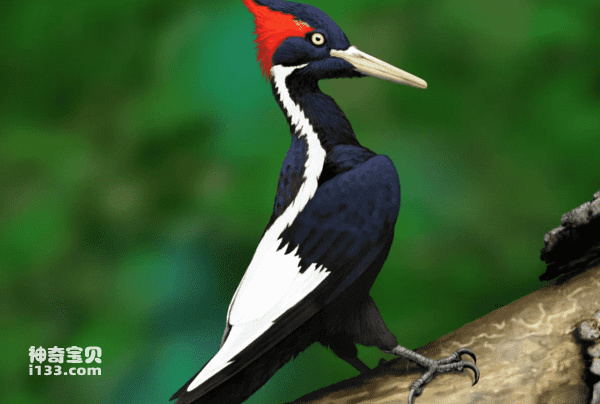
The ivory-billed woodpecker (scientific name: Campephilus principalis) is about 48-53 cm long and has a wingspan of about 84 cm. It has a huge head with a relatively long neck. The beak is hard, straight, and chisel-shaped, allowing it to penetrate deep into trees. This woodpecker's tongue is long, flexible, retractable, and has dense hook-like protrusions at its tip. Their feet are relatively short, usually with 3 or 4 toes. The tail is flat or wedge-shaped, and the feathers are hard and elastic, which can support the body when pecking wood. The ivory-billed woodpecker lives by pecking wood, drilling holes and hunting insects. Its long, sharp beak can easily penetrate hard woody parts, while its slender tongue is covered with barbs and covered with mucus, allowing it to accurately capture pests.
8. Loch Ness Monster

The Loch Ness Monster is one of the most mysterious and fascinating creatures in the world. As early as more than 1,500 years ago, there were stories about giant monsters appearing in Loch Ness that often attacked humans and livestock. Since ancient times, some people have claimed to have seen this monster, but their descriptions are all bizarre: some say it has an elephant-like long trunk and soft and smooth skin; some claim it has a long neck and a round head; others claim it splashes foam when it appears. ; Some people say that he spits smoke from his mouth, causing the lake surface to be often shrouded in smoke. There are many legends about the Loch Ness Monster, and the versions are very different. These legends are becoming more and more widespread and mysterious. Although it is daunting, it is only anecdotal after all. Rumors intensified and mysterious legends spread.
9. Okapi
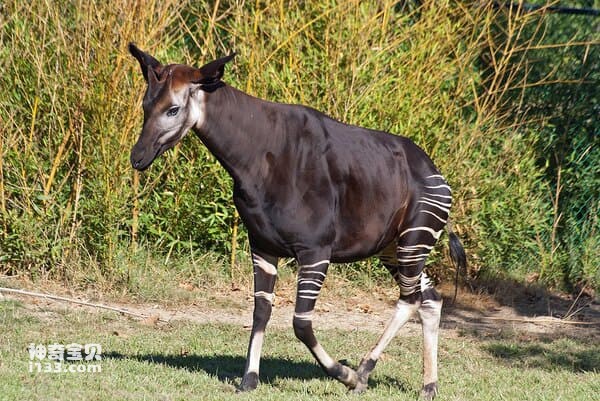
The body weight of the okapi (scientific name: Okapia johnstoni) is between 180 and 317 kilograms, its body length is between 1.9 and 2.5 meters, its tail is about 30 to 42 centimeters, and its shoulder height is between 1.5 and 1.65 meters. Female okapis are usually slightly larger than males. This mammal was not discovered until 1901 and lives in the forests of Zaire, Africa. The okapi initially looks more like a horse because of the black and white stripes behind it, giving it the illusion of a zebra. Some people once mistakenly thought that the okapi was a cross between a giraffe and a zebra, but in fact it is not a close relative of the zebra. In the stage before the giraffe's neck becomes longer, its appearance is similar to that of the okapi.
10. Pompeii worm

Pompeii worm, also known as bristleworm, is about 10 to 15 centimeters in length. It is the second most heat-resistant creature in the world. It likes to live in heat of 70 degrees. Pompeii worms have the ability to cool down, allowing them to self-sustain at different temperatures even when exposed to bacteria. Not only can it withstand temperatures as high as 81°C, it can also leave the hot environment and swim to seawater with a temperature of only 10°C to find food. The Pompeii beetle is unique in its ability to tolerate such extreme temperature differences.
In the past, it has been thought that the heat tolerance limit of animals was created by a species of ants in the Sahara Desert, which can search for food at temperatures as high as 55°C. The unique thing about Pompeii is that its tail can be immersed in water as high as 81°C, while its head can live in this extremely high temperature environment without being affected and continue to maintain a normal life.
animal tags:
We created this article in conjunction with AI technology, then made sure it was fact-checked and edited by a Animals Top editor.